Although the reach of the Internet as grown remarkably across the globe in the past two decades, still its global significance remains astonishingly varied.
The annual web index 2012, the first attempt to rank countries according to the benefits reaped by their citizens from the world wide web, was unveiled earlier this week.
The web index "ranks countries by how much benefit their citizens derive from the web and how it has transformed areas such as politics, economics and society. It also assesses any barriers a country has to allowing its citizens to access a free and open web, finding that around 30 per cent of countries face some sort of government restriction," reports suggest.
While the survey ranks Sweden as No 1 in the web index (out of the total 61 countries that were evaluated), it also reveals that only one in six people benefit from the Internet in Africa.
It's to be pointed out that many Gulf and African countries have not been included in the list owing to their dismal Internet penetration.
Speaking of India, which hasn't been untouched by the Internet revolution -- both positively and negatively -- a rank of 33 in the index shows it has a lot of distance to cover.
Let's see which are the countries that made it to the top and bottom of the web index list and what are the possible reasons behind their ranking.
Read the complete report here (External Link)
India (Rank 33)
Image: A high-speed broadband Internet caf in KolkataPhotographs: Jayanta Shaw/Reuters
Overall Web Impact: 46.58
India harbours an immense wealth of engineering and information technology talent, and the country's strength in technological services has coincided with the growth in Internet consumers: Google predicts that India will add 200 million Internet users within the next two years as telecom companies invest in high-tech infrastructure and mobile phones become less expensive, the report states.
Yet India's scalability issue is a challenging one. The number of India's Internet users is currently around 121 million, a small fraction of the country's population of 1.2 billion. At the same time, there are some 898 million mobile subscribers in the country, 292 million of whom live in rural areas. Internet connectivity will largely be driven by the growth of mobile phones and the ability of people to use those to access the Web, particularly in rural areas where landline infrastructure is relatively undeveloped, the report adds.
"As for Web Content, the biggest change will be in the increase of Websites in local languages.
Still, as the recent power outages -- which left a staggering 620 million citizens across India without power for days -- have shown, significant work remains to develop a truly sturdy, scalable infrastructure that will give all Indians reliable access to the Web," the report adds.
Please ....
Sweden (Rank 1)
Image: Customers check products on computer terminals at a store in Malmo, SwedenPhotographs: Bob Strong/Reuters
Overall Web Impact: 100
Of all 61 countries, Sweden takes top place in this year's ranking, with high marks across the three sub-indexes.
But some of its scores are surprising: Sweden tops the list for overall impact of the web (the most heavily weighted sub-index), taking first place for political, second place for social and third place for economic impact, the report notes.
Please ...
United States of America (Rank 2)
Image: U.S. President Barack Obama reacts after tweeting at his first ever Twitter Town Hall at the White House in Washington, DCPhotographs: Larry Downing/Reuters
Overall Web Impact: 97.31
The United States comes in second overall in the list, with somewhat lower ranks for social, economic and political impacts compared with Sweden.
It also ranks surprisingly lower in communications infrastructure. A few factors contribute to this: The US has a lower percentage of households with personal computers than a raft of countries, including Canada, Ireland, Japan and Norway. It also offers slower bandwidth per Internet user than a range of countries, most notably Iceland, Sweden and Singapore, the report states.
Please ...
United Kingdom (Rank 3)
Image: The Facebook page of Britain's Queen Elizabeth is shown on a computer screen in LondonPhotographs: Dylan Martinez/Reuters
Overall Web Impact: 93.83
In third place is the United Kingdom, which ranks in the top nine countries globally for all components.
It ranks fourth out of 61 for overall impact, second for the Web (just behind the US) and sixth for readiness, boasting a higher percentage of both mobile and broadband subscriptions than the US, a higher proportion of households with computers, and much faster average Internet speeds, the report notes.
Please ...
China (Rank 29)
Image: People use computers at an Internet cafe in Changzhi, Shanxi province of ChinaPhotographs: Reuters
Overall Web Impact: 51.72
As the world's second largest economy, and the largest engine for economic growth, China stands in 29th place in this year's index, ranking lowest for readiness (35th) yet highest for overall impact (25th)
A look at China's ranks across the various components of the index reveals some interesting results. For example, while its ranks over time for communications infrastructure have remained relatively flat, Institutional Infrastructure has risen dramatically. Still, while overall Web use has increased slightly, Web content has remained relatively flat. China also ranks 40th in terms of the Web's political impact, the report notes.
Although Twitter and Facebook are banned in the country, a number of domestic social networking sites are immensely popular, such as Qzone, Sina Weibo, Tencent Weibo, and RenRen, the report adds.
The report also takes about the "Great Firewall of China", one of the most sophisticated systems of government control over the Internet in the world. The government also prohibits anonymity -- all Chinese netizens must use their real names on their websites, the report points out.
Please ...
Pakistan (Rank 44)
Image: A man works on his computer in KarachiPhotographs: Athar Hussain/Reuters
Overall Web Impact: 27.99
Please ...
Other countries in Top 10
Image: Students answer questions via Internet at a school in Winnipeg, Canada.Photographs: Reuters
The other countries that have made it to the top 10 in the web index list include Canada (Rank 4, Overall Web Impact 93.42), Finland (Rank 5, Overall Web Impact 91.88), Switzerland(Rank 6, Overall Web Impact 90.49), New Zealand (Rank 7, Overall Web Impact 89.15), Australia (Rank 8, Overall Web Impact 88.84), Norway (Rank 9, Overall Web Impact 87.76) and Ireland (Rank 10, Overall Web Impact 87.42).
Please ...
Yemen (Rank 61)
Image: An anti-government protester gestures with the colours of the national flag of Yemen on his face during a demonstration in Sanaa.Photographs: Mohamed al-Sayaghi/Reuters
Overall Web Impact: 0
The country that ranks lowest on the web index is Yemen, which underwent a political uprising last year as part of the Arab Spring.
As a new constitution is rewritten in Yemen, steps are being taken to slowly improve available content on the web, the report adds.
Please ...
Others in bottom 10
Image: A boy walks past a newspaper kiosk at the Carrefour Wada district in Cameroonian capital YaoundePhotographs: Akintunde Akinleye/Reuters
Of the other countries that appear at the end of the ranking, seven are in Africa and two are in the Asia-Pacific region.
These include Nepal (Rank 52, Overall Web Impact 18.37), Cameroon (Rank 53, Overall Web Impact 15.1), Mali (Rank 54, Overall Web Impact 13.67), Bangladesh (Rank 55, Overall Web Impact 13.6), Namibia (Rank 56, Overall Web Impact 13.57), Ethiopia (Rank 57, Overall Web Impact 10.89), Benin (Rank 58, Overall Web Impact 10.43), Burkina Faso (Rank 59, Overall Web Impact 8.59) and Zimbabwe (Rank 60, Overall Web Impact 1.94).

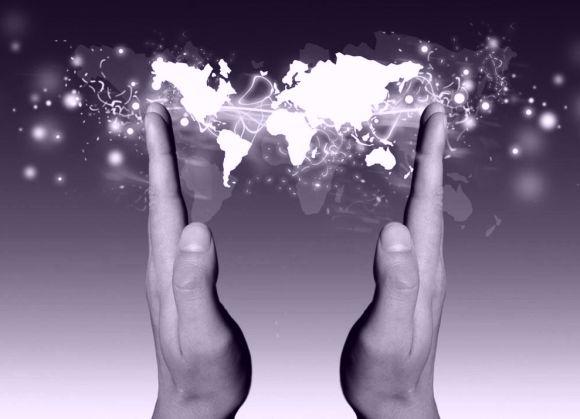
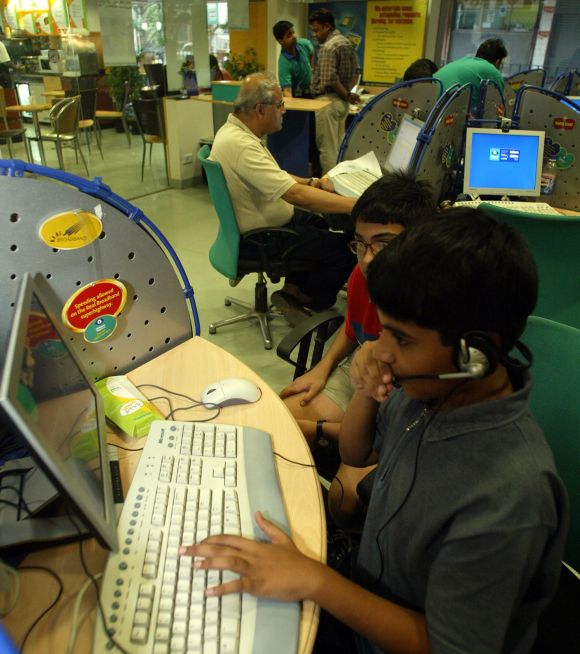
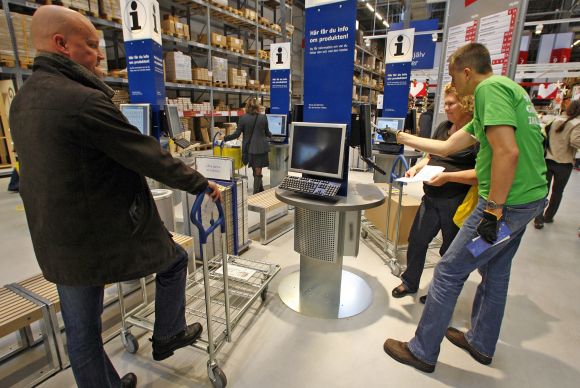


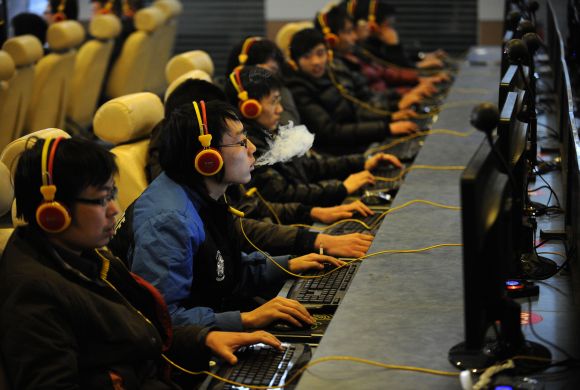
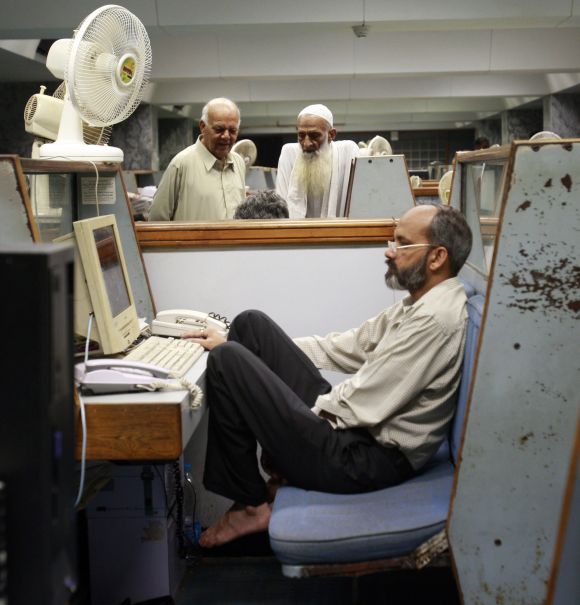
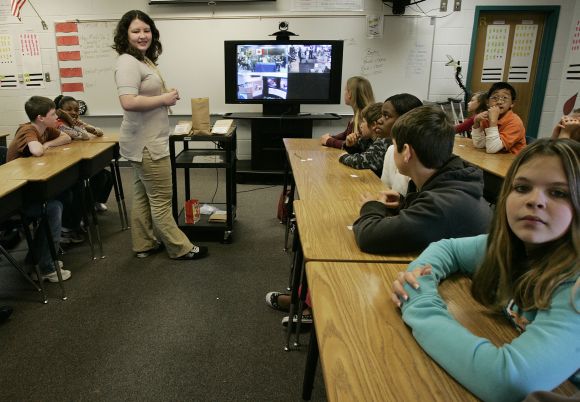


article